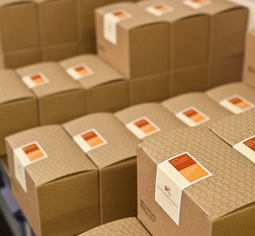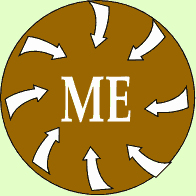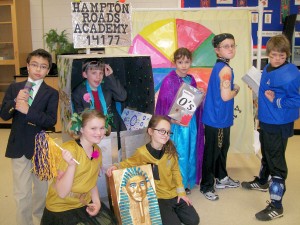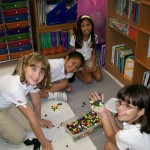With school beginning in a few short weeks, it was time to send a welcome email to my new families. I smiled as I created the new distribution list in my Gmail account, as I’ve had the pleasure of working with several of these families before, when I taught their older children. Shortly after I sent the email, I got a response from one of these families. They’ve had some issues with their little one, and wanted to pass along their feelings about the year ahead. The note said,
I hope he matures a lot this year, and learns to focus. He has a lot of potential if he controls his frustration and concentrates. He’s going to be a challenge, but I know how great you are at getting the best out of your students.
I appreciated the compliment, but also felt there was almost an apologetic tone to the note. Their older child was “easy” – very bright, very sociable, very responsible. It seemed they were almost feeling guilty that they were sending this “challenge” my way. They were clearly hopeful, though, both that I would recognize his potential and be able to help him grow this year.
I’ve seen this little guy come up through the ranks… I’ve noticed how bright he is, and more importantly, I’ve seen the issues that must be addressed before I send him on to middle school next year. I honestly can’t wait to have him in my class. I really want a shot at helping this kid. I think I can make a difference.
Then it struck me. Isn’t THIS what teaching is about? The challenges? There is no greater joy than when I can successfully solve the puzzle of a particular child and find a way to reach them. Would I even enjoy an entire class of “easy” students? How much work is necessary with a child who is already motivated, bright, and eager to learn?
No… Little guys like this are what make me look forward to each year in the classroom – the opportunity to discover the hidden gifts in each child, or help them work through difficult academic, emotional, or social issues. The joy in helping each child feel confident and capable. It won’t be easy… There will be some tough love, lots of parent contact… and no guarantee of success. But maybe this child is suddenly at that crucial time when things can turn around with the right balance of high expectations and loving support. I’m up for the challenge.
I AM A TEACHER. I love, I care, and I’m willing to take the time with your child to make this his or her best year ever. That’s all it really takes…
Wishing a rewarding year of challenges and joys to all of my fellow teachers across the globe. We are so fortunate to be able to do what we love, and love what we do…
Image courtesy of [image creator name] / FreeDigitalPhotos.net












